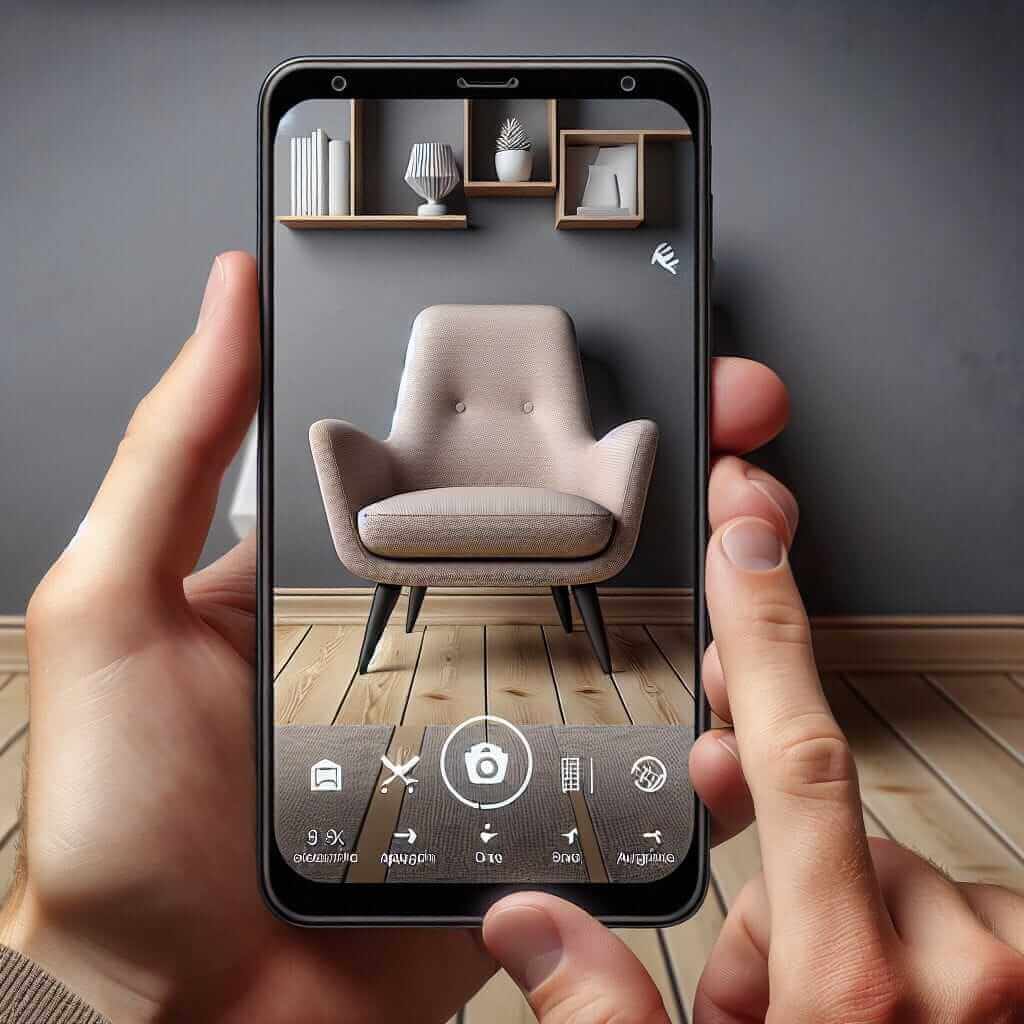The IELTS Reading section primarily assesses your ability to understand and interpret written English. Over the years, the advent of new technologies has increasingly become a popular topic. Today, we’ll delve into the impact of augmented reality (AR) on retail—an up-and-coming theme you might encounter in your IELTS exam.
Given AR’s rapid development and its profound influence on various industries, especially retail, it is not far-fetched to imagine it becoming a regular IELTS topic. In this article, we’ll create a comprehensive practice reading section, complete with questions and answers, to help you get familiarized with this topic.
Practice Reading Passage: Augmented Reality in Retail
Reading Passage
Augmented Reality in Retail: Transforming the Shopping Experience
The retail industry has always been at the forefront of adopting new technologies to enhance customer experience. Augmented Reality (AR) is one such technology that has gained traction in recent years. By superimposing digital information onto the physical world, AR provides an interactive and immersive experience that can significantly impact retail outcomes.
Enhancing Customer Experience
One of the most notable effects of AR in retail is the improvement in customer experience. AR enables customers to visualize products in their real-world environment before making a purchase. For instance, furniture retailers like IKEA use AR apps that allow customers to see how a piece of furniture would look in their home. This not only helps in making informed decisions but also reduces the likelihood of product returns.

Driving Engagement and Sales
AR in retail also drives customer engagement and boosts sales. Interactive AR displays and virtual try-on options are being used by fashion retailers to enhance the shopping experience. Customers can try on clothes, accessories, and even makeup virtually, providing a more engaging and personalized shopping journey. This immersive experience can lead to a higher conversion rate as customers are more likely to purchase products they can visualize on themselves.
Streamlining Operations
Augmented Reality is not just limited to improving customer-facing experiences. It also plays a crucial role in streamlining retail operations. AR can be used for inventory management, helping staff locate items quickly and efficiently. Moreover, AR-enabled devices can assist in training employees by providing real-time, interactive instructions, thus reducing training time and costs.
Challenges and Future Prospects
Despite its numerous benefits, the integration of AR in retail comes with its own set of challenges. High development costs, the need for advanced hardware, and the requirement for a seamless user interface are some of the hurdles retailers face. However, as technology continues to evolve, these challenges are expected to diminish. The future prospects for AR in retail appear promising, with advancements potentially transforming the entire shopping ecosystem.
Reading Questions
Multiple Choice
-
What is the main purpose of using AR in retail according to the passage?
a) To increase the price of products.
b) To streamline employee recruitment.
c) To enhance customer experience.
d) To reduce the number of physical stores. -
What example does the passage provide to illustrate AR’s use in retail?
a) AR in banking services.
b) Virtual grocery shopping.
c) Virtual furniture placement.
d) AR in restaurant menus.
Identifying Information (True/False/Not Given)
-
Retailers have seen a significant reduction in product returns due to the use of AR.
- True
- False
- Not Given
-
AR technology is fully integrated into all aspects of retail operations today.
- True
- False
- Not Given
Sentence Completion
- Fashion retailers use AR to provide customers with __.
Answer Key
Multiple Choice
- c) To enhance customer experience.
- c) Virtual furniture placement.
Identifying Information
- True
- False
Sentence Completion
- virtual try-on options.
Common Errors to Avoid
- Misreading Questions: Ensure you understand whether the question asks for True, False, or Not Given.
- Overlooking Keywords: Pay attention to keywords in both the questions and the passage to avoid incorrect answers.
- Incomplete Sentences: When completing sentences, ensure the fragment fully makes sense within the context of the passage.
Vocabulary List
- Traction (noun): the extent to which a new idea, product, etc., becomes popular or gains support.
- /ˈtræk.ʃən/
- Immersive (adjective): providing a completely engaging or absorbing experience.
- /ɪˈmɜː.sɪv/
Complex Grammar Structure
- Relative Clauses: Used to provide additional information about something without starting a new sentence.
- Example: “AR, which provides an interactive experience, is transforming retail.”
Tips for High Reading Scores
- Practice Regularly: Consistent practice hones your skills.
- Time Management: Allocate specific times for each section during practice.
- Diversify Topics: Practice reading passages on various topics to enhance versatility.
Prepare effectively, practice diligently, and you’ll be well-equipped for the IELTS Reading section. Good luck!